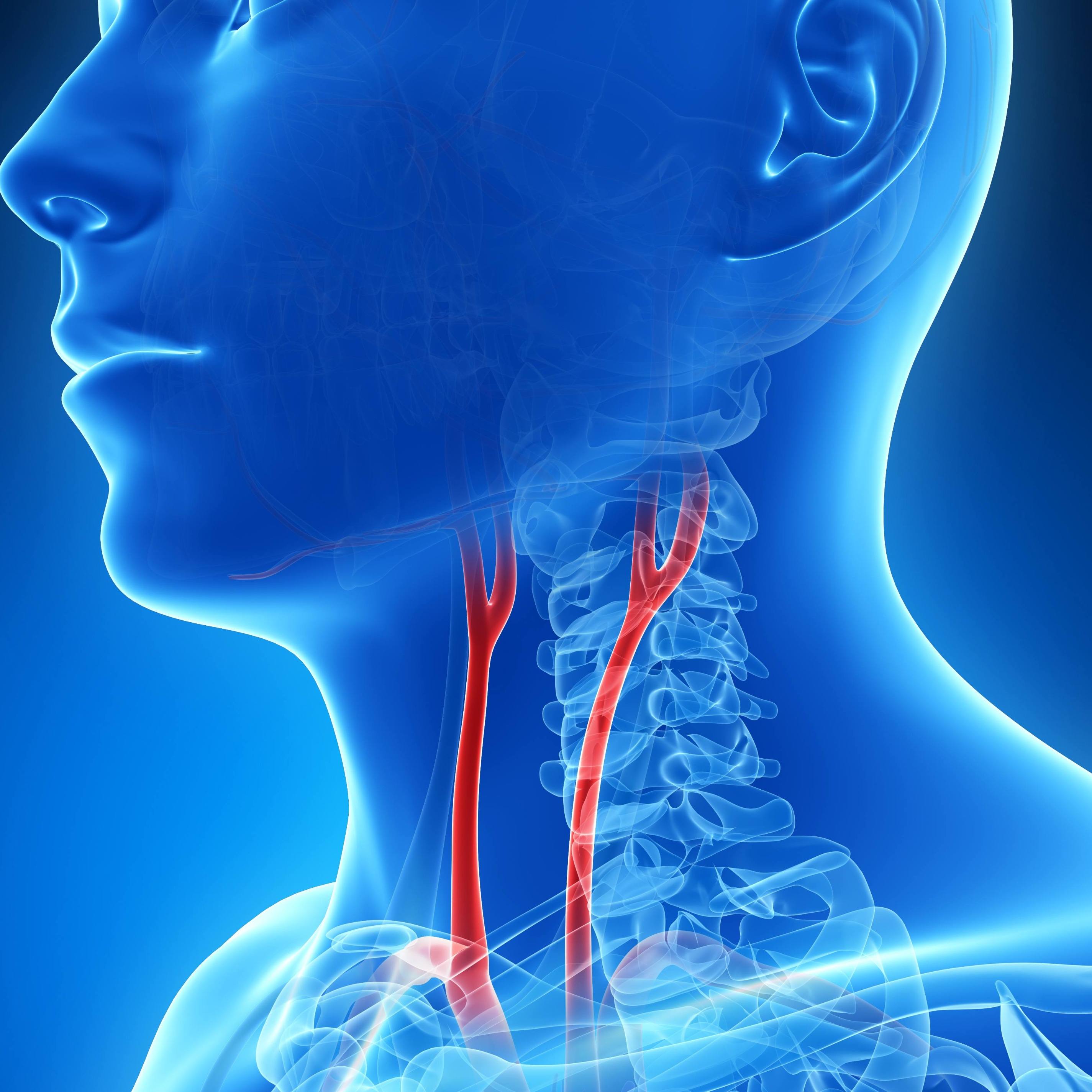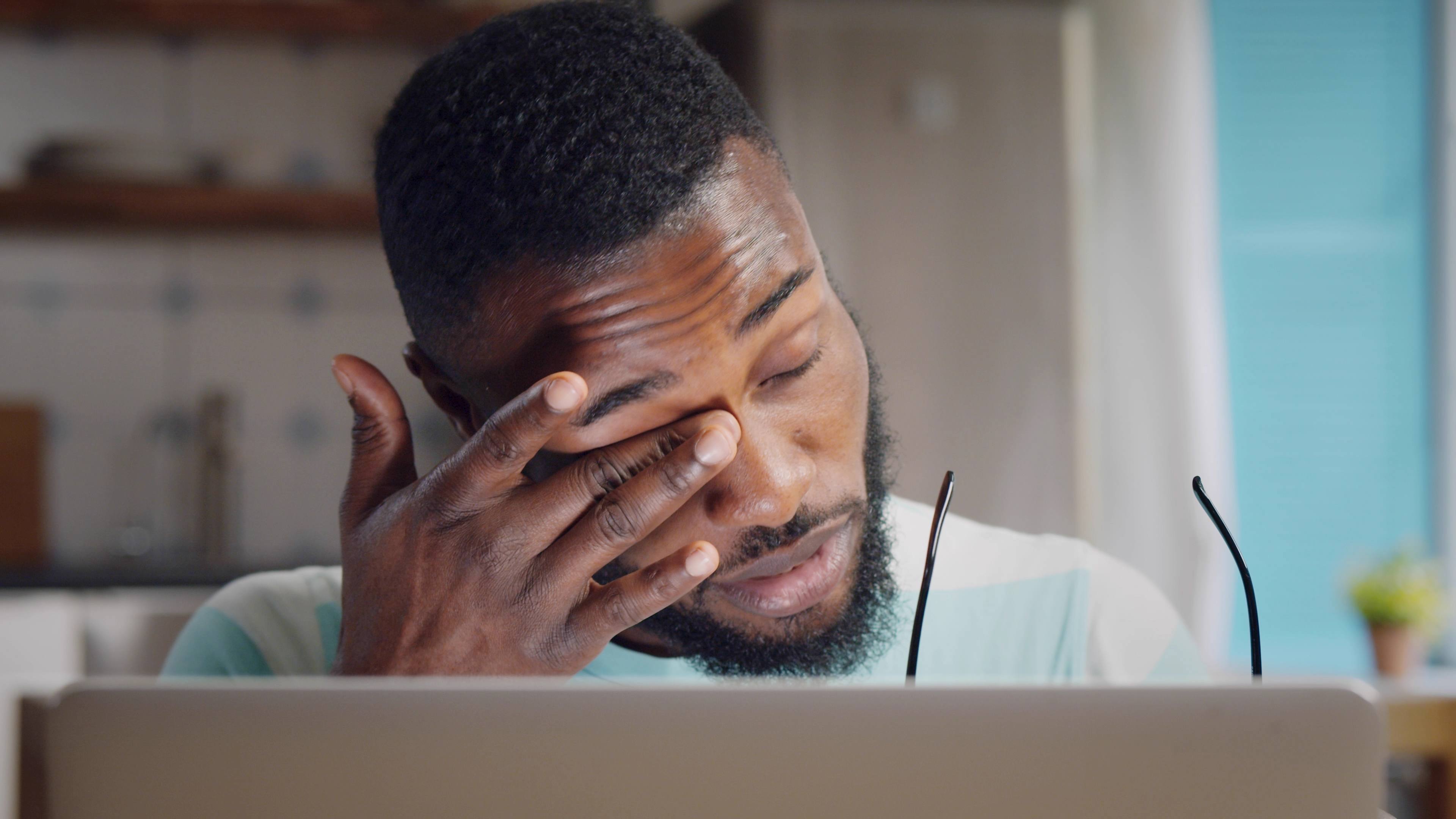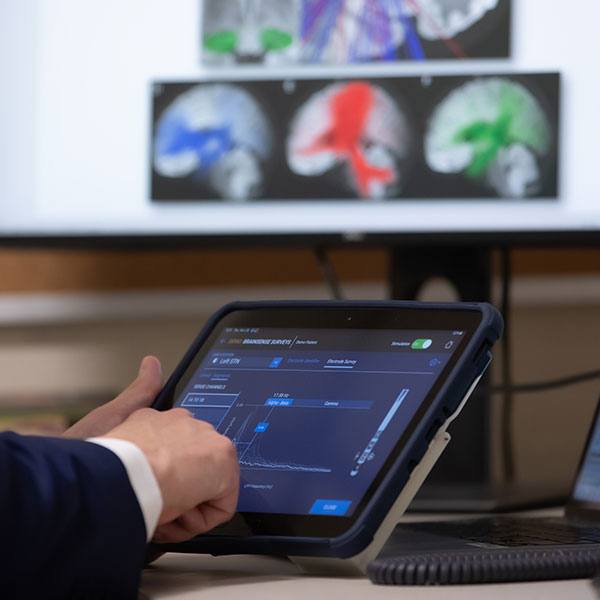-
Sharing Mayo Clinic: Spinal fusion surgery revives an active lifestyle

After a sudden injury left her with multiple ruptured disks in her lower back, Pat Henneberry knew Mayo Clinic was the place she wanted to go to help her get back on her feet.
Returning to her home in Austin, Texas, one day in spring 2018, Pat Henneberry stepped inside and without warning fell to her knees in excruciating pain. "Basically, the lower part of my back and spine shifted away from each other," she says.
Single and living alone, Pat called a neighbor who brought her to the local emergency department, where she underwent an MRI and was told she needed surgery. Then she was discharged and sent home. Pat was given painkillers, but they did nothing to dull the pain. It only got worse. "Eventually, it just became too much," she says. "I couldn't walk, stand or move."
When Pat's neighbors checked on her, she found Pat immobilized by pain and rushed her to the hospital a second time. "I had two epidurals for the pain," Pat says. "I spent the next two weeks in the hospital wondering what had happened."
Finding a fix
Before her injury, Pat had been the definition of an active adult. She'd played tennis, rode her mountain bike and water-skied. She had been a trail runner and an accomplished triathlete. Pat also was a swimmer, dedicating the free time she had away from her career as CEO and founder of The Jewelry Coach to the Special Olympics by volunteering as a swim coach. "That's my passion," Pat says. "I've got 35 athletes on my Special Olympics swim team. I'm a super active person. This all threw me for a loop."
It was especially surprising, Pat says, because her body gave no indication that something was wrong. "I had no symptoms, no warning signs," she says. "I'm not someone who's lived with chronic back pain. I had no idea this was teeter-tottering in my back."
As she lay inside that Texas hospital room, however, Pat learned that her medical situation was extremely serious. "I was told I ruptured multiple disks," she says. "After I fell, I immediately lost a lot of function in my left leg. I could hardly move it. It felt like it was going to blow up."
Pat underwent a minimally invasive surgical procedure to relieve some of the intense pain. "The surgeon wanted to remove some of the ruptured disk matter. After the surgery, he said it was the most he'd ever pulled out of someone's back," Pat says. "It was at that point that I knew I was going to have what I called the 'big kahuna' — a much bigger, two-level spinal fusion surgery with the rods and the screws and all of that to permanently restabilize my spine."
Offering honesty and transparency
While still in a great deal of pain, Pat began searching for the best spine surgeon she could find. Her research led her back to a place Pat knew well. "I grew up in Iowa, and Mayo Clinic was always that magical place three hours north. You were pretty lucky if you were able to go there for your care. That was a big deal in my hometown," Pat says. "I sent my paperwork in to Mayo and got a reply back saying I was a candidate for spinal fusion surgery. I got on a plane in November and flew directly to Rochester."
When she arrived at Mayo Clinic in Rochester, Pat met with spine surgeon Paul Huddleston, M.D. "He and his staff were amazing and so good at communicating with me," she says. "And if you research his credentials like I did, you'll see he's got just about every accolade in the book."
"I'd been in a lot of different hospitals, and spoken with a lot of different doctors and surgeons by that point, but there was something uniquely different about Mayo Clinic and Dr. Huddleston."
Pat Henneberry
Another asset Dr. Huddleston had, Pat says, was a straightforward, honest approach about how he could help her. "I'd been in a lot of different hospitals, and spoken with a lot of different doctors and surgeons by that point, but there was something uniquely different about Mayo Clinic and Dr. Huddleston," she says. "He was very detailed and transparent in his approach to my care and also very honest in saying that I may need to have a second procedure a few years down the road. I was disappointed to hear that at first. But I appreciated the honesty, and it's ultimately why I chose to have Dr. Huddleston perform my surgery."
The decision was significant, particularly given the time of year. "I live in Texas and could have surgery at a lot of different places, but I chose to go up north to Minnesota in January," Pat says. "I mean, who chooses to have spinal fusion surgery in Rochester, Minnesota, in January? But I chose Dr. Huddleston and Mayo Clinic because he was so transparent with me."
Another factor that persuaded Pat to pick Mayo Clinic was the technique Dr. Huddleston would use for the spinal fusion. He assured her he would be able to perform the surgery with only an incision in her back. Other surgeons had told her they would need to go through the front of her body and the back to complete the procedure.
Though it took longer than expected, Pat says Dr. Huddleston did all that he said he would and more. "The surgery took 6½ hours," she says. "I was filled with a lot of arthritis that he first had to clean out — probably from my days of waterskiing and mountain biking."
Following her spinal surgery and hospital stay, Pat had to face one of her biggest postoperative fears: the three-hour car ride to her mother's house in Iowa. Dr. Huddleston and the rest of Pat's care team, however, quickly eased that concern. "They all said it would be fine, and that they had patients who did it all the time," Pat says. "They tucked me safely and snugly into the car and really prepared me well. It wasn't bad at all."
Walking to recovery
Once in Des Moines, Iowa, Pat's road to recovery continued. "We got back to Iowa, and after I made it through my initial rehab, I asked my care team back at Mayo: 'What can I do? Can I swim? Can I bike?" And they said, 'No, you can only walk, walk, walk."
So that's what Pat did. "Using a cane and walker, I started by walking around the inside of my mom's house because it was the middle of winter," she says. "I'd walk from the kitchen to the living room, and I'd walk the 44 steps it took to get from one end of the house to the other. Whenever someone would call me, I'd force myself to stand up and walk some more while I was talking. Walking was all I could do, and I knew how important it was to my recovery."
All that effort paid off. "I eventually graduated to being able to walk downstairs to the basement without my cane or walker," she says. "I then graduated to walking around the local mall while using hiking poles for stability."
"Most of my pain is now gone, and I actually look forward to going back to Rochester whenever I have to because it's a great city with great people and great health care providers."
Pat Henneberry
After five months, Pat felt strong enough to say goodbye to her mother and return to her home in Austin, where she says her daily walks have continued to lengthen. "I'm up to 6 miles a day now," she says. "I'm walking hills, and I'm walking in heat. I started more physical therapy recently, so I'm also working on building my strength back up. Dr. Huddleston tells me I'll be able to start swimming and doing yoga again soon, which I'm looking forward to."
Pat's also looking forward to coming back to Rochester for follow-up care to see Dr. Huddleston and the rest of her care team. "My care team tells me I'm approximately four months into a two-year recovery," Pat says. "Mentally, that was hard to hear at first. But it's become a mindset, and I'm now focused on staying strong throughout that time. Most of my pain is now gone, and I actually look forward to going back to Rochester whenever I have to because it's a great city with great people and great health care providers."
Because of the care she received, Pat says now there's no question in her mind where she'll come for all of her health care needs. "I'll always choose Mayo Clinic from here on out, regardless of where I live," she says. "The communication between departments, the transparency, the honesty, the care and compassion of the staff, the results — all of it's second to none."
HELPFUL LINKS
- Learn more about back pain and spinal fusion.
- Read about the Department of Orthopedic Surgery.
- Explore Mayo Clinic.
- Request an appointment.







